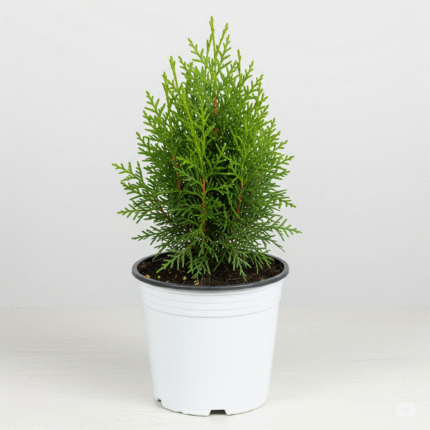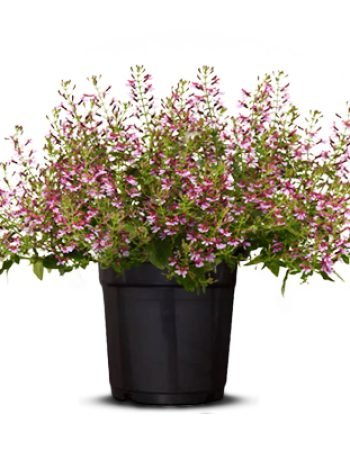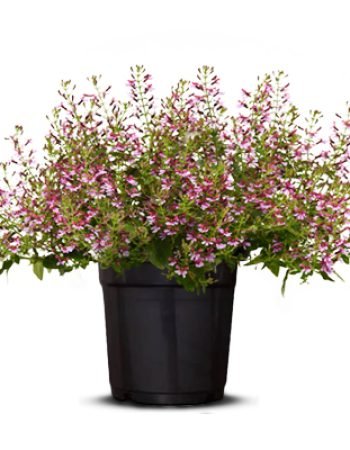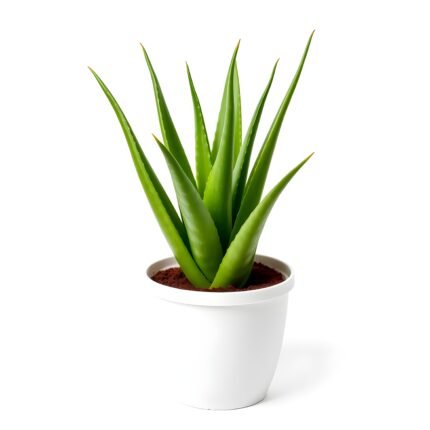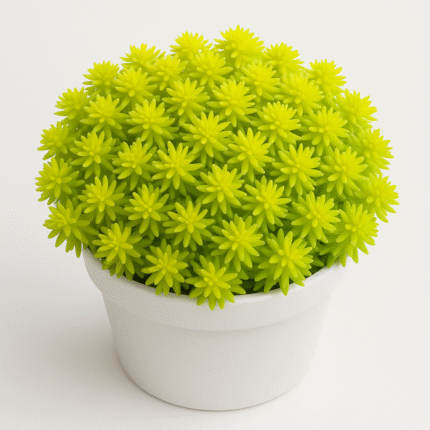Product Description:
Roystonea regia (Royal Palm Tree) is a palm species native to southern Florida, the Caribbean, Central America, and Mexico. It’s a common sight in those regions, as it can reach heights of 80’ feet and taller. The royal palm is part of the Arecaceae family of botanical shrubs and trees. The pots they are planted in must have drainage holes and be extra deep to accommodate their long roots. The bigger the plant, the bigger the container it requires.
Light:
They need a lot of sunlight, so they’re not suitable for those living in apartments or houses without a southern or southwestern facing window.
Soil:
They also require special soil mixtures containing extra pumice and perlite to make them porous enough for their roots to breathe.
Fertilizer:
You cannot fertilize royal palms too much. They respond well to liquid fertilizer and should be heavily fertilized on a weekly basis.
Water:
Good drainage is essential for healthy palm plants. Just because palms live in warm (sometimes tropical) regions does not mean they enjoy being waterlogged.
Humidity:
They also need a humid environment. Dry air is the number one cause of royal palm death. You can add a bit of water to your palm’s container every day so that the soil remains constantly damp. As a general rule of thumb, palms prefer temperatures no lower than 50 degrees Fahrenheit.
Temperature:
As a general rule of thumb, palms prefer temperatures no lower than 50 degrees Fahrenheit.
Potting and Repotting Palm Trees:
Only repot a palm when it is completely pot bound. Palms often have shallow root systems and do not appreciate being disturbed frequently. Many of the most common palm trees grown indoors want to become trees, and you can slow down growth by keeping them slightly pot-bound. If you don’t repot your palm every year, it will grow at a more manageable rate.


